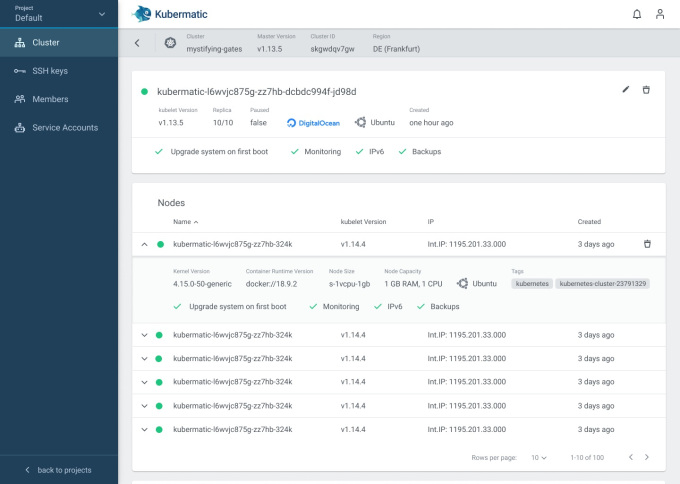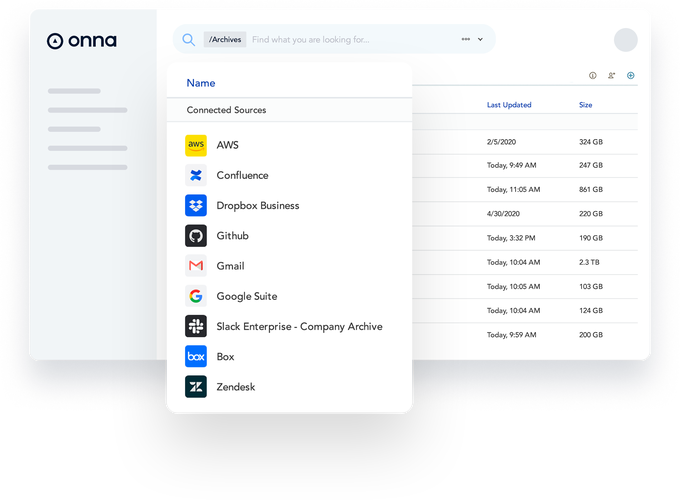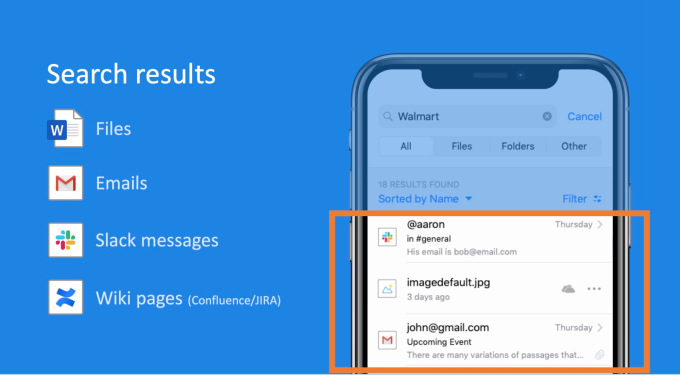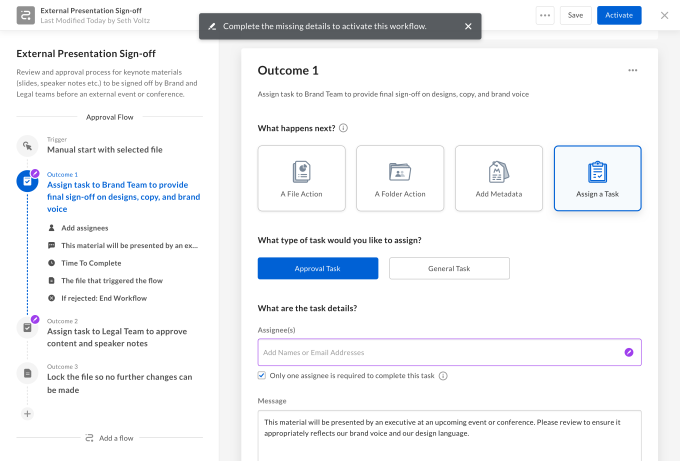Intercom announces the promotion of Karen Peacock to CEO
Three years ago almost to the day, Intercom announced that it was bringing former Intuit exec Karen Peacock on board as COO. Today, she got promoted to CEO, effective July 1st. Current CEO and company co-founder Eoghan McCabe will become Chairman.
As it turns out, these moves aren’t a coincidence. McCabe had been actively thinking about a succession plan when he hired Peacock. “When I first started talking to Eoghan three years ago, he shared with me that his vision was to hire someone as COO, who could then become the CEO at the right time and he could transition into the chairman role,” Peacock told TechCrunch.
She said while the idea was always there, they didn’t feel the need to rush the process. “We were just looking for whatever the right time was, and it wasn’t something we were expected to do in the first year or two. And now is really the right time to transition with all of the momentum that we’re seeing in the market,” she said.
She said as McCabe makes the transition away from running the company he helped found, he will still be around, and they will continue working together on things like product and marketing strategy, but Peacock brings a pedigree of her own to the new role.
Not only has she been in charge of commercial aspects of the Intercom business for the past three years, prior to that she was SVP at Intuit where she ran small business products that included QuickBooks, and grew it from a $500 million business to a hefty $2.5 billion during her tenure.
McCabe says that experience was one of the reasons he spent six months trying to convince Peacock to become COO at Intercom in 2017. “It’s really hard to find a leader that’s as well rounded, and as unique as Karen is. You know she doesn’t actually fit your typical very experienced operator,” he said. He points to her deep product background, calling her a “product nerd,” and her undergraduate degree in applied mathematics from Harvard as examples.
In spite of the pandemic, she’s taking over a company that’s still managing to grow. The company’s business messenger products, which enable companies to chat with customers online have become increasingly important during the pandemic with many brick and mortar businesses shut down and the majority of business is being conducted digitally.
“Our overall revenue is $150 million in annual recurring revenue, and a supporting data point to what we were just talking about is that our new business to up market customers through our sales teams has doubled year over year. So we’re really seeing some quite nice acceleration there,” she said.
Peacock says she wants to continue building the company and using her role to build a diverse and inclusive culture. “I believe that [diversity and inclusion] is not one person’s job, it’s all of our jobs, but we have one person who’s the center post of that (a head of D&I). And then we work with outside consulting firms as well to just try and stay in a place where we understand all of what’s possible and what we can do in the world.”
She adds, “I will say that we need to make more progress on diversity and inclusion, I wouldn’t step back and, and pat ourselves on the back and say we’ve done this perfectly. There’s a lot more that we need to do, and it’s one of the things that I’m very excited to tackle as CEO.”
According to a February Wall Street Journal article, less than 6% of women hold CEO jobs in the U.S. Peacock certainly sees this and wants to continue to mentor women as she takes over at Intercom. “It is something that I’m very passionate about. I do speak to various different groups of up and coming women leaders, and I mentor a group of women outside of Intercom,” she said. She also sits on the board at Dropbox with other women leaders like Condoleezza Rice and Meg Whitman.
Peacock says that taking over during a pandemic makes it interesting, and instead of visiting the company’s offices, she’ll be doing a lot of video conferences. But neither is she coming in cold to the company having to ramp up on the business side of things, while getting to know everyone.
“I feel very fortunate to have been with Intercom for three years, and so I know all the people and they all know me. And so I think it’s a lot easier to do that virtually than if you’re meeting people for the very first time. Similarly, I also know the business very well, and so it’s not like I’m trying to both ramp up on the business and deal with a pandemic,” she said.
![]()



 “Onna’s knowledge integration platform is a centralised, searchable and secure hub that connects company data wherever it resides and makes it easier and faster to make informed decisions,” Onna founder and CEO Salim Elkhou tells TechCrunch. “It is a productivity tool built for the way businesses work today… something that didn’t exist before, creating a new industry standard which benefits all companies within the ecosystem”.
“Onna’s knowledge integration platform is a centralised, searchable and secure hub that connects company data wherever it resides and makes it easier and faster to make informed decisions,” Onna founder and CEO Salim Elkhou tells TechCrunch. “It is a productivity tool built for the way businesses work today… something that didn’t exist before, creating a new industry standard which benefits all companies within the ecosystem”.

